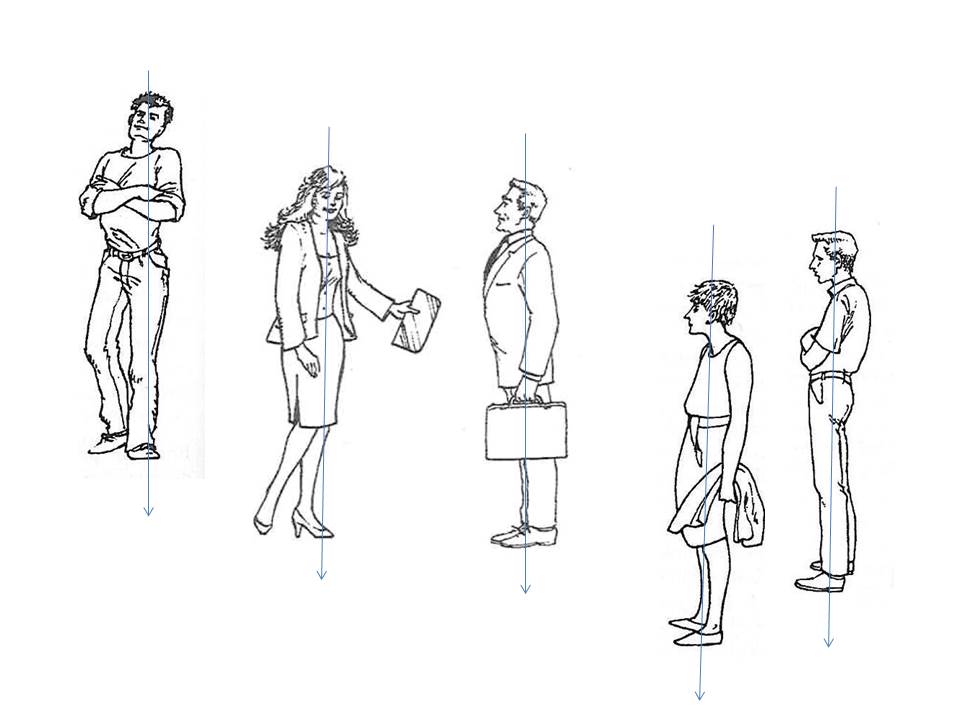
It is not possible to let go involuntary tension voluntarily. But if you learn to pay attention to the motions of your breathing and the relationship between your body and the coordinates of the gravitational field, you can gain more and more freedom of movement. The hands-on DFA intervention helps in a very specific manner to let go of excessive involuntary tension. At all times it goes along with what is going on in the body, hydrating dried out muscles and fasciae and feeding the nervous system with sensory information that makes it possible to gain access to the centers that hold habitual tension in place. It eases the sympathetic activation of stress reactions and furthers parasympathetic long-term regulation.
The excess of habitual tension interferes with physiological functions: circulation, breathing, digestion, elimination of toxins and damaged cells, repair of damaged tissues, immunity… The excess of habitual holding puts joints under a lot of continuous pressure. It creates an acid environment in the body that fosters inflammation, which in turn may become forerunners to more serious diseases like cancer, if they are not treated effectively and on time.
In human relationships it is useful to learn how to let go of excessive tension because if you are aware of the way you move, you can approach others in a manner that makes the relationship easier, be it with a family member, a client, a colleague, a superior or subordinate, a loved one, or a stranger.
Moreover, it is highly liberating to discover that what keeps you in conflict with the world or yourself, is a bunch of tensions what you can learn to let go.
